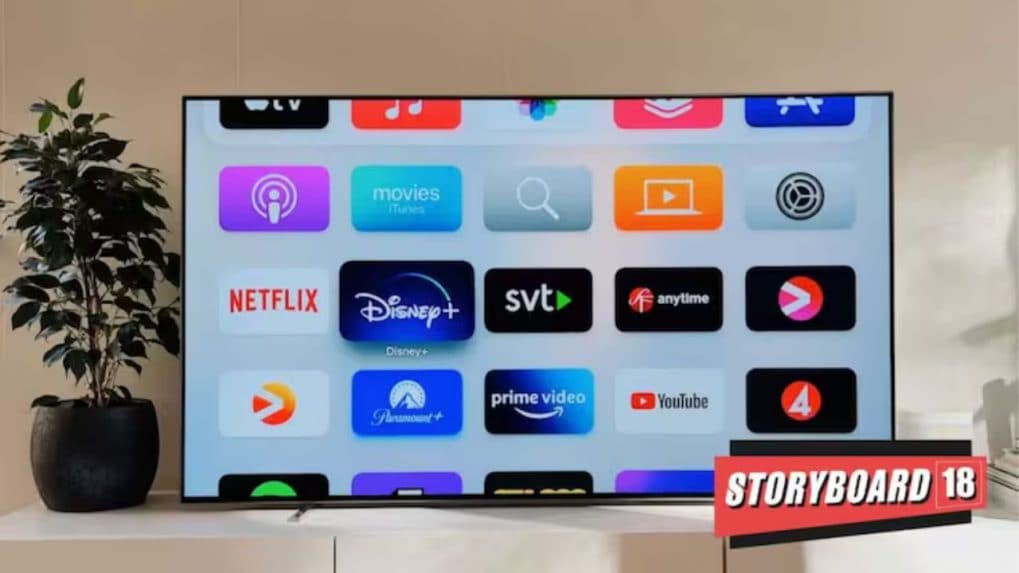OEMs, Big Tech in fray; India’s media ratings overhaul to face DPDPA headwinds
With Automatic Content Recognition (ACR) software embedded in millions of connected TVs, OEMs are sitting on an ocean of granular viewership data across platforms—from linear broadcasts to YouTube and OTT apps.
ADVERTISEMENT
As India opens its doors to multiple ratings agencies, the battle for credible audience measurement is heating up—TV manufacturers, Big Tech firms, and DPOs are fast becoming the central players in this high-stakes transformation of how media consumption is tracked and monetized.
The Ministry of Information and Broadcasting’s (MIB) recent decision to allow multiple measurement firms has shaken up the long-standing monopoly of traditional audience rating systems. While this move promises to foster competition and innovation, it also ushers in a new set of challenges—particularly around data standardization and user privacy under India’s stringent Digital Personal Data Protection Act (DPDPA).
Smart TV manufacturers are no longer just hardware sellers. With Automatic Content Recognition (ACR) software embedded in millions of connected TVs, OEMs are sitting on an ocean of granular viewership data across platforms—from linear broadcasts to YouTube and OTT apps.
“OEMs are the new last mile,” said Vishal Khanna, founder of Media Pro Research. “They’ve replaced MSOs in data access. With ACR, they can see what’s being watched, but they don’t know who is watching. That makes consent and privacy frameworks absolutely critical.”
Khanna said, “Privacy is a major concern. OEMs must get explicit user consent before tracking content via ACR. There’s a fine balance to strike between collecting meaningful data and respecting consumer rights. Consent frameworks will need to be transparent and compliant with Indian privacy regulations.”
While policymakers and technologists continue to debate the ideal measurement architecture, the market for Connected TV (CTV) in India is already booming. India’s CTV household base has more than doubled, growing from 20 million in 2021 to over 45 million in 2024. According to data from Kantar, this number is expected to reach between 60 and 65 million by 2026.
Read More: MIB opens TRP market: OTTs, DPOs, and Big Tech can now set up ratings agency
Gowthaman Ragothaman, CEO of Aqilliz and a media veteran, pointed out two major fault lines in India’s measurement evolution. He warns that without a unified approach to cross-media measurement, risking fragmentation of the ecosystem even further. If every Big Tech player starts building their own attribution model without collaboration, it’ll be more of a cacophony than a symphony.
Ragothaman said, “Cross Media Measurement need privacy compliant virtual identities, which requires large scale collaboration of all the key big tech companies. While MIB has relaxed clause 1.4 which offers the ratings agency to pursue non-conflicting businesses beyond audience measurement, this is a double edged sword. This situation should not encourage multiple platforms offering very many measurement solutions, one that cannot be compared at all.”
Ragothaman explained, “One area which the measurement agencies are ignoring is the impact of DPDP Act, that too with the India specific Consent Management system. Big Tech companies and TV OEM need to call out specifically and explicitly that a consumers viewer behaviors are now being used for individual and aggregated measurement. If every big tech company starts to build their won attribution measurement solutions without a proper universe estimation and cross media measurement solutions through collaboration, it be more of a cacophony than a music in measurement.”
Ad dollars are quickly shifting to where the audiences are. In just two years, CTV advertising spend in India surged from ₹450 crore in 2022 to ₹1,500 crore in 2024. By the end of 2025, this is projected to reach between ₹2,300 crore and ₹2,500 crore. Currently, CTV accounts for just 1.5% of the total digital ad spend, but this is expected to rise sharply to 7–8% within the next 12 to 18 months.
Read More: Breaking: MIB proposes amendments to TRP guidelines, seeks public feedback
Prashant Puri, Co-founder of AdLift, believes the solution lies in integration—not isolation. Puri said, “To truly capture viewership in today’s fragmented ecosystem, we need a unified approach that combines data from OEMs, DPOs, and traditional panels. OEMs like Samsung and LG provide valuable ACR data showing what’s on screen, but the bigger challenge is aligning stakeholders—Big Tech, DPOs, and OEMs—all of whom are competing over data ownership and monetisation.”
Puri said, “The way forward is a joint industry body backed by transparent measurement standards and clear government guidelines. Globally, hybrid models like those in the US and UK blend panel and smart TV data under strict privacy rules. In India, too, privacy will be a key concern—without strong user consent and anonymisation, we risk losing consumer trust.”
Read More: Only 0.025% of TV homes measured: MIB critiques flawed TRP metrics


